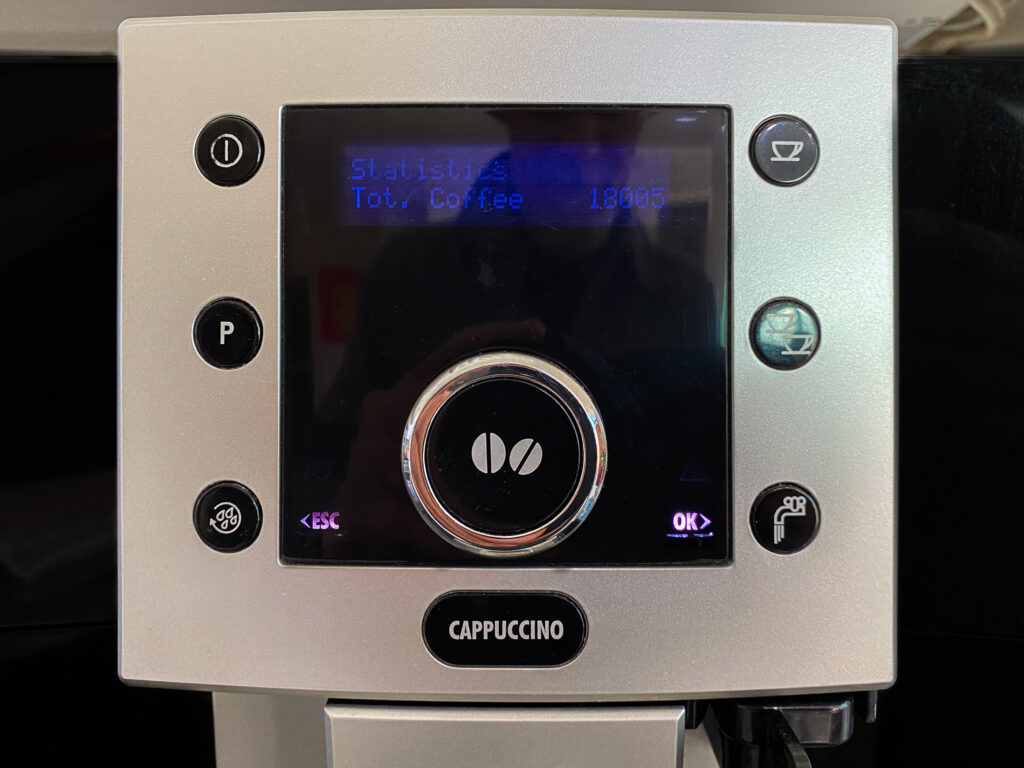In that nebulous period between the slide rule and the PC reigned the portable, hip-mountable personal calculator. These machines evolved from being ones capable of performing simple calculations to being fully programmable. I had an HP calculator which ported many buttons and keys. Additionally, many of the keys were multi-function, meaning one could change the purpose of a key stroke by simultaneously holding down one or more control keys along with the key in question.

The challenge of tools is to be consumable; to be usable by and useful to the intended audience. Often the issue faced by tool designers is managing complexity, which comes from two sources: the problem domain and the tool itself. Preferably, the tool does not add to the inherent complexity of the problem domain. Ideally, it would make problems easier to solve; even better, make previously unsolvable problems solvable.
A bad tool is one which makes problems harder to solve with no obvious incremental value.
There was a certain amount of complexity in using my calculator but in retrospect I wonder if it was not part of the total package; complexity was an intended part of the product. Mastering the complexity represented some right of passage; the computer-age’s equivalent to the stone-age boy’s first hunt with dad for a hairy mammoth. It separated the men from the boys.
As I get older, I find the challenge of overcoming complexity less engaging and more a source of frustration. It probably reflects a greater desire to achieve an outcome than experience the hunt; I have better things to do than understand the arcane technology. Today’s hunt is a short walk to the fridge.
On our recent trip to Cuba I watched as the baristas prepared espressos, cappuccinos and lattes. Preparing one of these is a lot more complex than boiling water and adding instant coffee to a cup[1]. Preparing the latter involves no unexpected steps and sequence. The preparation of an espresso involves a number of steps not directly related to the preparation of a cup of coffee, but rather relate to the operation and maintenance of the tool itself and as such are not intuitive [2]. The lack of intuitiveness is a significant source of complexity.
Our new coffee, espresso, cappuccino, latte machine is fully automated. It is quite remarkable. All the complexity I witnessed in Cuba has been transferred from the operator and embedded into the machine. In my assessment this reflects process automation. It is an excellent example of a value-based application of methodology, technology and product.
- The methodology likely involved some form of iterative process of identifying complex manual steps and then determining whether and how they can be automated. Incremental improvement.
- The technology component is likely largely computer based, incorporating multiple sensors and logic to respond accordingly. I wouldn’t be surprise if someone reported that the programming in that machine was more than what was in the Apollo 11 that traversed the starry skies on its way to the moon. (I believe automobiles passed that benchmark some years ago).
- The product component is the combination of these elements into an affordable and marketable unit. Marketable is the operative word. Here I mean the product manager understood the customer and in particular the level of complexity they would be willing to accept and the function they would expect. They understood the emotional element and then maintained focus during the design process to ensure the desired balance. The unit satisfies not only the functional expectations but manages the non-intuitive elements that stem from the tool itself.
The value for De’Longhi, the manufacturer, is to elevate the arcane into an intuitive process, no more complicated than preparing instant coffee, consumable by a wider and thus larger market.
Someone asked the question why is it so complicated to make espresso? De’Longhi didn’t answer with an explanation; they answered it doesn’t have to be and then made it happen.
Leave a Reply